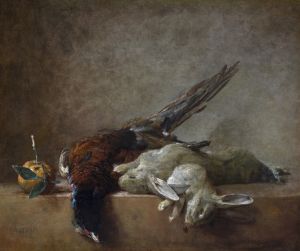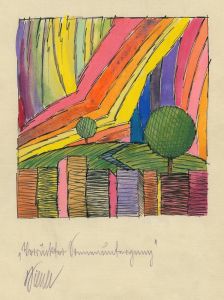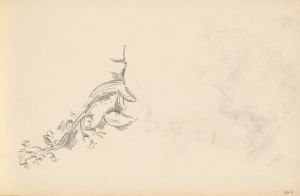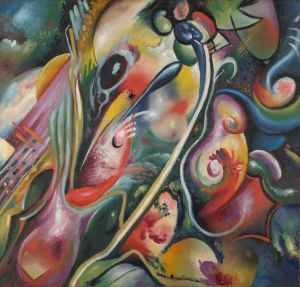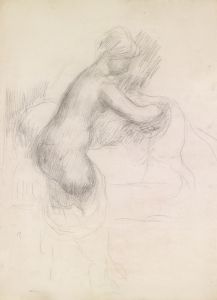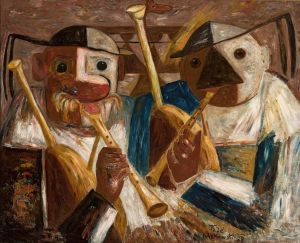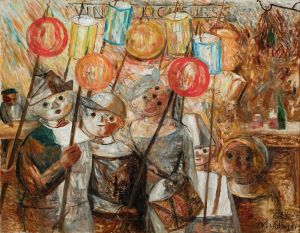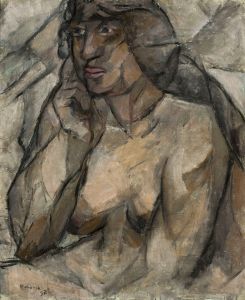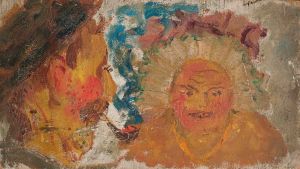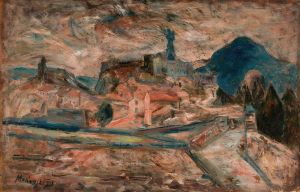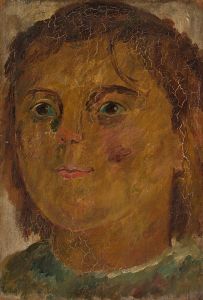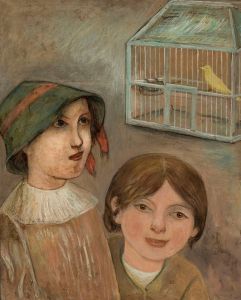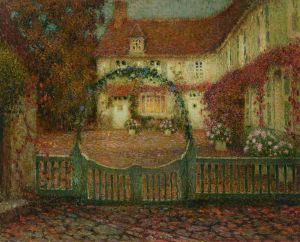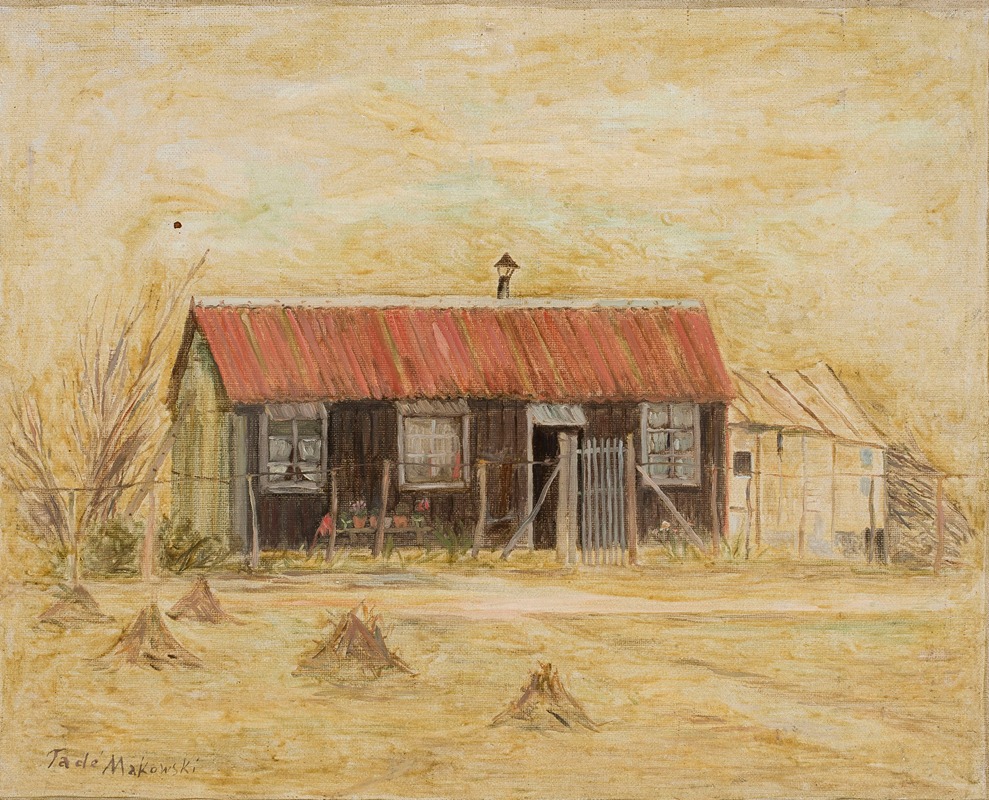
Domek
A hand-painted replica of Tadeusz Makowski’s masterpiece Domek, meticulously crafted by professional artists to capture the true essence of the original. Each piece is created with museum-quality canvas and rare mineral pigments, carefully painted by experienced artists with delicate brushstrokes and rich, layered colors to perfectly recreate the texture of the original artwork. Unlike machine-printed reproductions, this hand-painted version brings the painting to life, infused with the artist’s emotions and skill in every stroke. Whether for personal collection or home decoration, it instantly elevates the artistic atmosphere of any space.
Tadeusz Makowski was a Polish painter known for his unique style that combined elements of folk art and modernism. Born in 1882 in Oświęcim, Poland, Makowski initially studied classical philology at the Jagiellonian University in Kraków before turning to art. He later attended the Academy of Fine Arts in Kraków, where he studied under prominent artists such as Józef Mehoffer and Jan Stanisławski. In 1908, Makowski moved to Paris, where he became part of the vibrant artistic community and was influenced by the works of Paul Cézanne and the Cubist movement.
"Domek" is one of Makowski's notable works, although specific details about this particular painting are limited. Makowski's oeuvre often features themes of childhood, innocence, and the simplicity of rural life, frequently depicted through a lens of nostalgia and whimsy. His style is characterized by a blend of geometric forms and a muted color palette, which can be seen in many of his paintings.
Makowski's work is distinguished by his ability to capture the essence of his subjects with a sense of warmth and sincerity. He often portrayed children, landscapes, and everyday scenes, infusing them with a dreamlike quality. His paintings are marked by a distinctive use of light and shadow, creating a sense of depth and texture that adds to their emotional resonance.
Throughout his career, Makowski exhibited his work in various galleries and exhibitions, gaining recognition for his unique artistic voice. Despite living in France for much of his life, he maintained strong ties to his Polish heritage, which is evident in the themes and motifs present in his art. His works are housed in several major museums, including the National Museum in Warsaw and the Musée National d'Art Moderne in Paris.
Makowski's contribution to the art world lies in his ability to merge traditional Polish folk art with modernist techniques, creating a body of work that is both innovative and deeply rooted in cultural identity. His paintings continue to be celebrated for their charm and originality, offering viewers a glimpse into a world that is both familiar and fantastical.
While specific information about "Domek" is scarce, it is likely that the painting embodies the characteristics that define Makowski's broader body of work. His art remains an important part of Polish cultural heritage, reflecting the complexities and beauty of early 20th-century European art.





